10 Vegetables Great to Grow in Winter, Plus Care Tips They Need to Thrive
From leafy greens to root vegetables, these crops withstand the cold
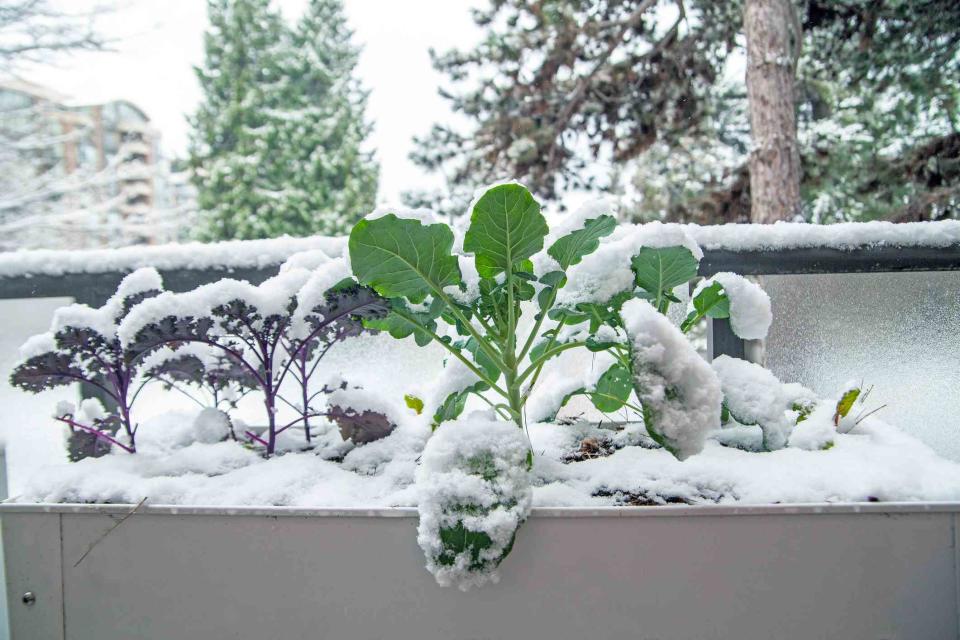
Ashley-Belle Burns / Getty Images
Your garden does not have to shut down after the first fall frost. From leafy greens to root crops, there are plenty of vegetables that thrive in cool weather.
Popular cold-hardy champions are kale, broccoli, and Brussels sprouts, but there are many more lesser-known and equally tasty vegetables. A bonus of growing root crops such as turnips is that they also yield edible greens from the tops.
Even if you live in an area where the ground freezes and houses snow, you can still harvest some of your cold-hardy crops during the winter. Here are 10 vegetables to grow in the winter.
Which Vegetables Are Cold-Hardy?
The cold-hardiest vegetables are spinach, kale, broccoli, and Brussels sprouts, but the list goes on. Also consider growing onions, garlic, leeks, rutabaga, and cabbage in the wintertime.
Semi-hardy vegetables that tolerate air temperatures between 28 to 32 °F are beets, carrots, parsnips, lettuce, chard, garden peas (before flowering), Chinese cabbage, endive, radicchio, cauliflower, parsley, and celery.
Tip
Though growth on these vegetables may halt in winter, leave them in your garden—vegetables like kale and Brussels sprouts taste even better after they have been exposed to cold. It converts the starches into sugar, so they acquire a sweeter taste.
Spinach
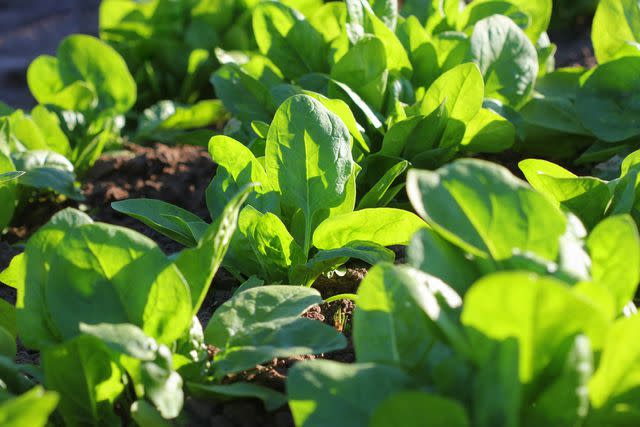
Vaivirga / Getty Images
To plant a fall or winter crop of spinach, wait until the soil temperatures have dropped below 70 °F, otherwise the seeds won’t germinate. Spinach needs around six weeks of cool air temperatures and a soil temperature above 40 °F to grow from seed to maturity.
Name: Spinach (Spinacia oleracea)
Recommended Cold-Hardy Varieties: ‘Giant Winter’, ‘Bloomsdale Long Standing’
Light: Full to partial sun
Soil: Loamy, moist, well-drained
Days to Maturity: 42-50 days
Winter Onions
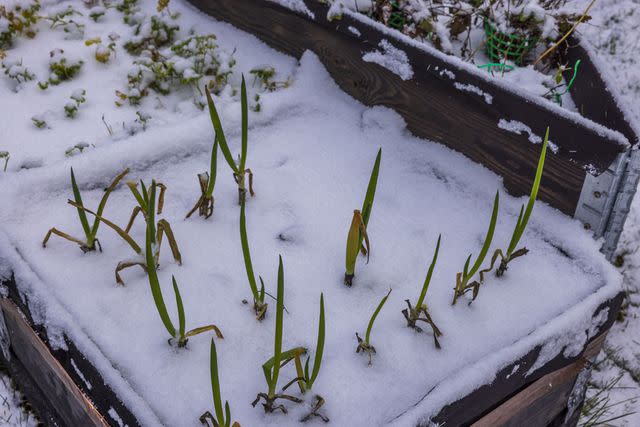
Alexander Shapovalov / Getty Images
Just like hardneck garlic, winter onions are planted in the fall for next year’s harvest. One of the earliest winter onions are scallions; they slowly grow during the winter and are ready to harvest in the spring, which is much earlier than any scallions that you plant in the spring.
Name: Winter onions (Allium spp.)
Recommended Cold-Hardy Varieties: ‘Apache’, ‘Evergreen Hardy White’ (scallion)
Light: Full sun
Soil: Loamy, well-drained
Days to Maturity: 65 days
Leeks
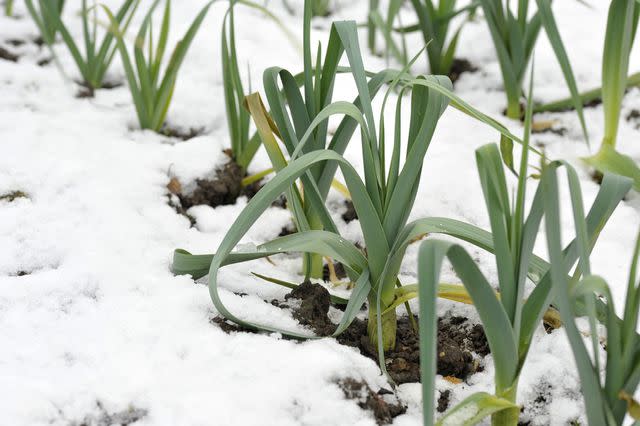
y-studio / Getty Images
Leeks are quite cold hardy—young plants tolerate a light frost, and mature plants survive heavy frosts. However, their long growing season makes it challenging to grow leeks below zone 7, unless you plant them in a cold frame in a protected location, such as on the south side of your house.
Where winters are mild, it is possible to plant leeks in the fall and harvest them all winter long.
Name: Leeks (Allium ampeloprasum)
Recommended Cold-Hardy Varieties: ‘American Flag’, ‘Oslo’
Light: Full sun
Soil: Loamy, well-drained
Days to Maturity: 120-130 days
Rutabaga
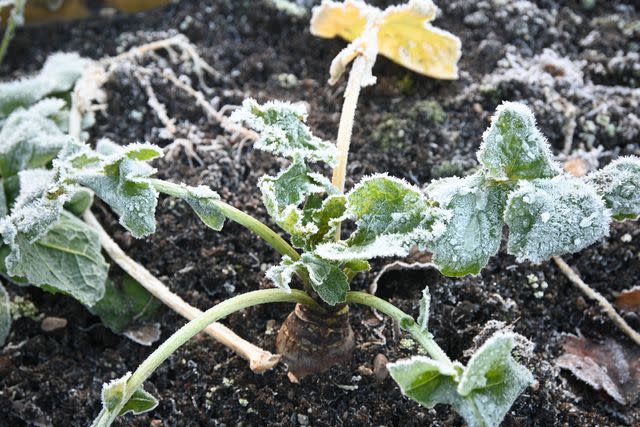
Nicola Drennan / Getty Images
Rutabagas need about three months of cool weather to grow. If your winters are cold, start the seeds in mid- to late summer so they have enough time to mature in the fall. As long as the ground remains soft, there is no need to rush and harvest them—rutabagas taste better if they have been exposed to several frosts. In warmer climates, plant rutabagas in the fall for a harvest all winter long.
Name: Rutabaga (Brassica napus)
Recommended Cold-Hardy Varieties: ‘American Purple Top’, ‘Joan’
Light: Full sun
Soil: Loamy, well-drained
Days to Maturity: 80-100 days
Broccoli
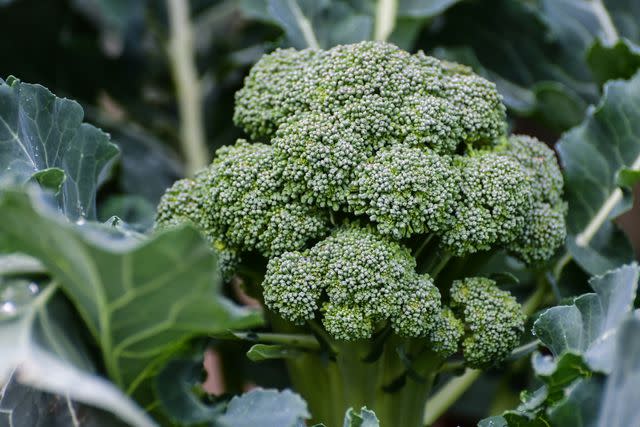
Barbara Rich / Getty Images
There are broccoli varieties that mature in 50 to 60 days but for a fall crop, select a variety with a longer growth cycle, which allows the heads to form in cooler temperatures. Broccoli grows the most vigorously in temperatures between 40 and 70 °F. Mature broccoli withstands temperatures below freezing but because of these specific requirements during the growing period, it can be tricky fitting broccoli into the smaller temperature window in a cool climate. You have a better chance of success in climates with mild winters.
Name: Broccoli (Brassica oleracea Italica group)
Recommended Cold-Hardy Varieties: ‘Waltham’, ‘Marathon’
Light: Full sun
Soil: Moist, loamy, well-drained
Days to Maturity: 68-75 days
Kale
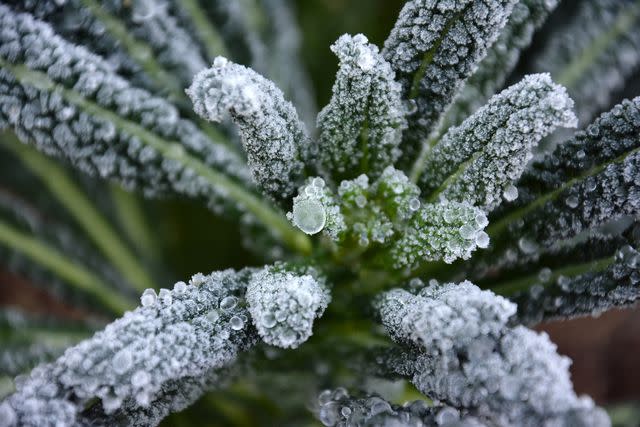
Wirestock / Getty Images
To harvest kale in the fall or winter, plant it in late summer, roughly six to eight weeks before your first fall frost. Leave the mature plants of especially cold-hardy varieties such as Siberian standing and harvest leaves as needed, even if there is snowfall.
In warm climates (zone 8 and above), continue to plant kale in the early fall for a late fall to winter harvest.
Name: Kale (Brassica oleracea)
Recommended Cold-Hardy Varieties: ‘Red Russian’, ‘White Russian’
Light: Full sun to partial shade
Soil: Loamy, moist, well-drained
Days to Maturity: 50-55 days
Corn Salad
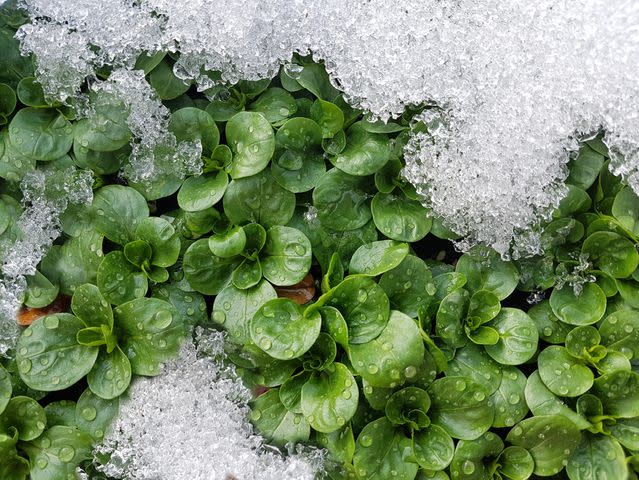
emer1940 / Getty Images
Don’t let the fact that mâche is slow to germinate deter you from growing it, the tasty, rosette-shaped leaves are well worth the effort. To plant it, the soil temperature should be at least 50 °F but no higher than 70 °F. Mâche can be planted in the fall as low as in zone 4, but it might require a hoop house for protection. In warmer climates, mâche may serve as a winter crop to be harvested at any time.
Name: Corn salad (Valerianella locusta)
Recommended Cold-Hardy Varieties: ‘New York Hardy Mache’
Light: Full sun to partial shade
Soil: Moist, well-drained
Days to Maturity: 40-70 days
Radish
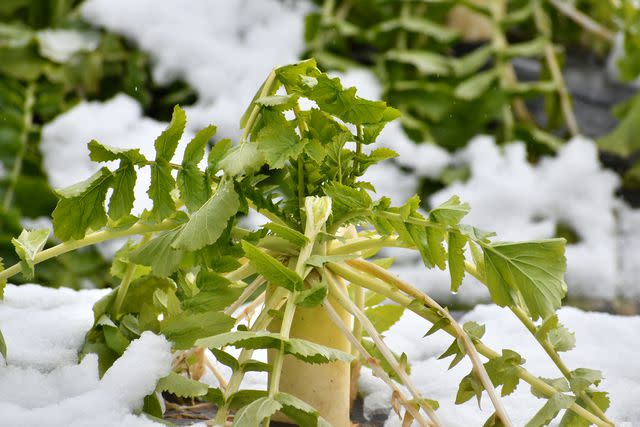
SRT101 / Getty Images
Radishes are one of the fastest maturing crops, which means they require a little less advanced planning than other cold winter crops. However, the number of days to maturity varies; some of the very cold-hardy specialty radishes have a longer growing period. Check the seed package and count back from your first average frost date to determine if it’s still early enough to plant.
Name: Radish (Raphanus sativus)
Recommended Cold-Hardy Varieties: ‘Miyashige’ daikon radish, ‘Red Meat’ watermelon radish
Light: Full sun
Soil: Loamy, sandy, moist, well-drained
Days to Maturity: 30-50 days
Turnip
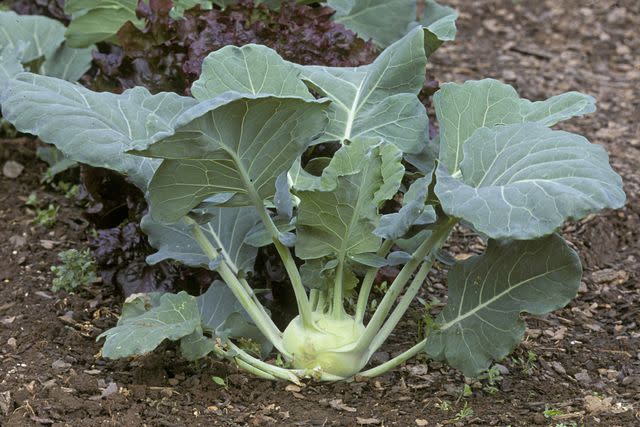
Ed Reschke / Getty Images
Turnips are grown both for their roots and their greens. The roots form best in temperatures around 60° F. Plant them in the fall, at least 70 days before the first frost date. Turnips mature in about two months. If cold weather hits before you get the chance to harvest them, don’t worry, they are tolerant of moderate frost, but you should get them out of the ground before it freezes.
Name: Turnip (Brassica rapa var. rapa)
Recommended Cold-Hardy Varieties: ‘Hakurei’
Light: Full sun to partial shade
Soil: Sandy, well-draining
Days to Maturity: 40-50 days
Napa Cabbage
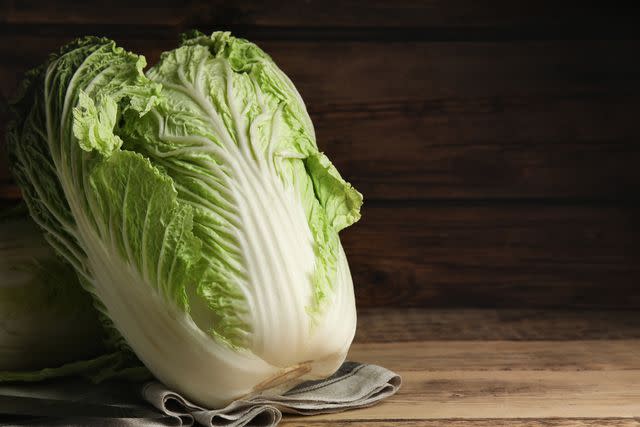
Liudmila Chernetska / Getty Images
Also known as Chinese cabbage, napa cabbage is planted in midsummer for a fall harvest. It is important to plant it early enough, so the heads are fully mature and tightly wrapped before the fall frosts hit.
Name: Napa cabbage (Brassica rapa subsp. Pekinensis)
Recommended Cold-Hardy Varieties: ‘Blues’
Light: Full to partial sun
Soil: Loamy, sandy, well-drained
Days to Maturity: 70-90 days
Learn More
For more ideas on gardening activities in the fall and winter, also check out:
Read the original article on The Spruce.

